Understanding memory is crucial for public speakers, teacher, and preachers to speak most effectively. In the few posts, I will unpack how memory works
Think about the most memorable class, sermon, or speech you can recall. What made it so memorable? The answer lies in the word, ‘memorable’ that comes from the word ‘memory.’ You would not be able to recall that class, sermon, or speech without memory. Without memory, nothing gets learned.
Without memory we could not solve problems we face in everyday life. Without memory we could not create a coherent picture of the past that gives us perspective to current life. Without memory, the experiences of life would simply be a hodgepodge of splintered fragments. Without memory life would have no perceived continuity. Without memory, we could not read or understand the Bible. Without memory, you would not be reading this post. As noble prize winner Eric Kandel writes, “All human accomplishments, from antiquity to modern times, are products of a shared memory accumulated over centuries, whether through written records or through a carefully protected oral tradition.”
The first thing we do when we don’t know something, or when we try to solve a problem is to search our memory banks for information. Educational expert Daniel Willingham notes, “Memory is the cognitive [mental] process of first resort.” So, when communicators gain a basic understanding of memory, they communicate more effectively.
Several leading scientists have uniquely contributed to our understanding of memory including these.
- Dr. Donald Hebb is known for his research on neurons and learning and the phrase, “neurons the fire together wire together.”
- Dr. Alan Pavio is known for ‘dual-coding,’ the theory that verbal and non-verbal information is stored separately in long term memory.
- Dr. Nelson Cowan, whose research resulted in the view that working memory has a capacity of four items, plus or minus one.
- Drs. Richard Shiffrin and Richard Atkinson who assert that three components form memory: a sensory register, a short-term store, and a long-term store.
- Dr. Alan Baddeley is known for the four-part model of working memory (the central executive, the phonological loop, the episodic buffer, and the visuospatial sketchpad).
- Dr. John Sweller is known for ‘cognitive load theory,’ which posits that in several ways we can overload the capacity for learners to learn.
- And of course, Nobel laureate (2000) Dr. Eric R. Kandel must make this list for his research on sea slugs (aplysia) that lead to his seminal findings on memory.
You might want to check out my latest book that expands on neuroscience insights on how to make your message stick. It’s called If Jesus Gave a TED Talk: 8 neuroscience principles the Master Teacher used to persuade His audience. To learn more about the book you can click on the image to the right of this post.
